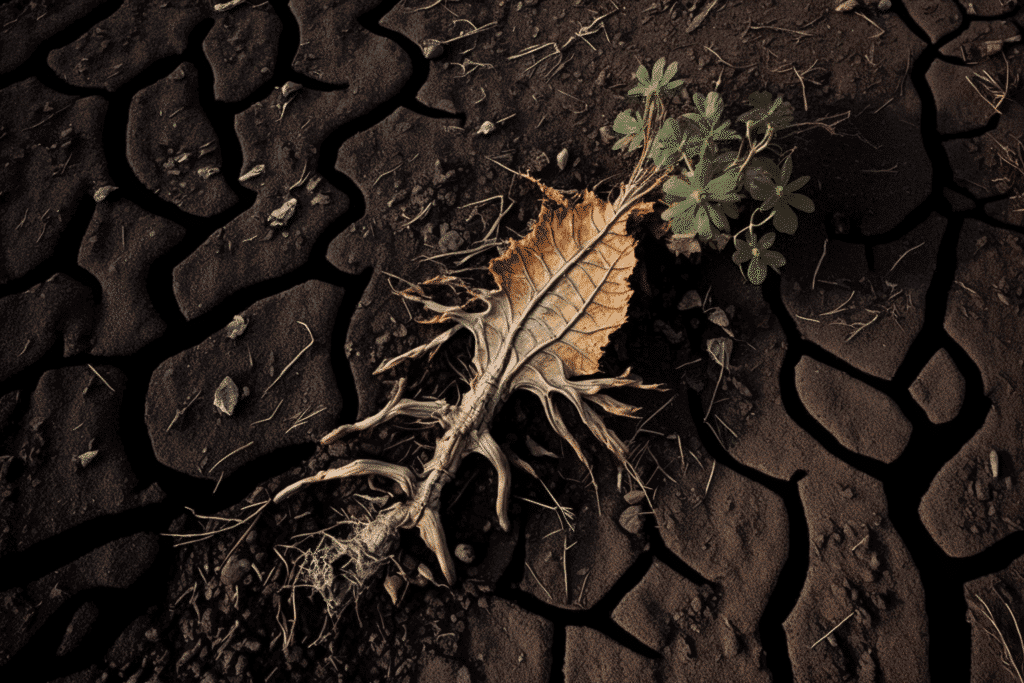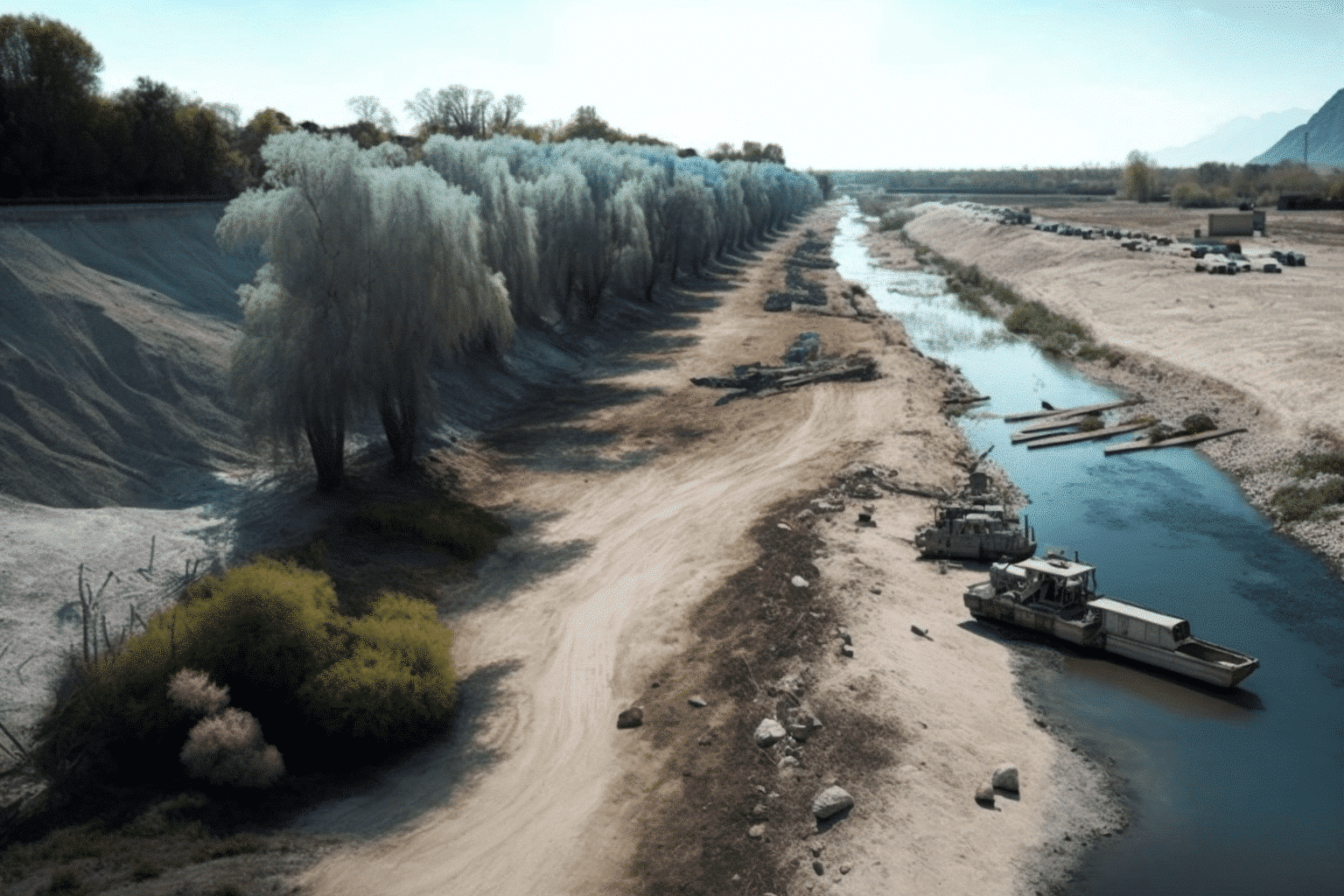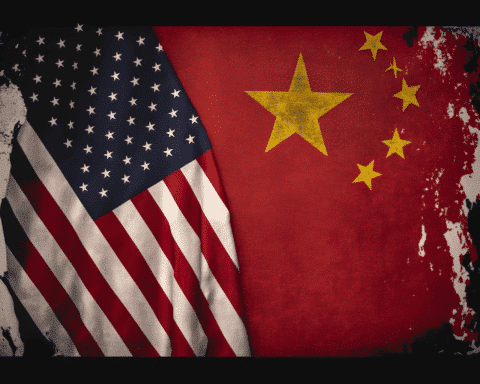The Po River, Italy’s largest river, is experiencing water levels as low as the previous summer’s. According to the Bolzano Climate and environment agency, winter snow fields usually replenish the river during warmer months have diminished by 75%. This has already forced those reliant on the Po River to adapt.
Captain Giuliano Landini, for instance, will soon have to cancel all bookings for Po River cruises due to shallow waters. His 60-meter-long vessel previously transported up to 400 people even in shallow waters. If significant rainfall comes soon, navigation will become possible.
The Po River, spanning 652 kilometres, runs from Turin to Venice and is critical for Italy’s most populated, industrialized, and farmed region. It sustains fishermen, boats, farmlands, turbines, local populations and tourism at renowned lakes like Garda and Como. Those dependent on the river are now scrambling for alternative, water-saving plans.
The river reached a seasonal record 30-year low in early April, with flow rates at one-third of the seasonal average. The surrounding Alps had an arid and warm winter, resulting in insufficient snow reserves to feed the Po and other tributaries across southern and western Europe during late spring and summer.
Human-induced climate change contributes to the problem, with warmer temperatures melting snow and increasing evaporation, leading to longer, more intense, and frequent droughts. Local and national authorities may need to make difficult decisions about water rationing and conflict resolution among regions if rain falls later.
Despite the lack of government intervention, Italian farmers are investing in precision irrigation to save water during the hottest months. Technologies like sap sensors, drones, and Irriframe, a public and free internet portal, have helped some farmers cut water usage by up to 70% compared to traditional sprinkler irrigation methods. However, these tools can be expensive.
Although 16 Italian regions use Irriframe’s weather, humidity, and satellite data, totalling 7 million hectares of irrigated land, the region will only struggle if rainfall comes soon.
As the Po River continues to experience low water levels, concerns about the effects on agriculture, tourism, and water supply for local populations are mounting. The situation highlights the urgency for Italy to develop long-term strategies to address the impacts of climate change on water resources.

The Italian government still needs to appoint an extraordinary commissioner to mediate between downstream and upstream regions, as well as between citizens who rely on the Po River for drinking water, agriculture, hydroelectricity, and tourism. Water scarcity could lead to conflicts among various Italian regions without comprehensive planning and practical infrastructure projects.
To mitigate the impact of future water shortages, Italy could invest in developing and promoting more water-efficient technologies and practices in agriculture, industry, and residential sectors. This may involve increased collaboration between research institutions, private companies, and local communities to identify and implement innovative solutions.
Moreover, Italy should prioritize protecting and restoring ecosystems, such as wetlands and forests, which are crucial in maintaining water resources and preventing soil erosion. Such efforts would contribute to climate change adaptation and support biodiversity conservation.
Raising public awareness about water conservation and promoting sustainable water use practices are essential in addressing the issue. Educational campaigns, incentives for adopting water-saving technologies, and pricing policies that reflect the true cost of water can encourage more responsible water consumption.
Finally, regional and international cooperation is crucial to address water scarcity and its impacts on the environment, economy, and society. Italy should collaborate with other European countries to share knowledge, experiences, and best practices in managing water resources in the face of climate change.
While Italian farmers and other stakeholders are already taking steps to adapt to water scarcity, addressing the challenges posed by climate change and dwindling water resources requires a concerted effort from the government, private sector, and civil society. Developing and implementing long-term strategies and innovative solutions will be critical to ensure water security for Italy and its people.




